
Robert, Count of Mortain, 2nd Earl of Cornwall was a Norman nobleman and the half-brother of King William the Conqueror. He was one of the very few proven companions of William the Conqueror at the Battle of Hastings and as recorded in the Domesday Book of 1086 was one of the greatest landholders in his half-brother's new Kingdom of England.
Tancred of Hauteville was an 11th-century Norman petty lord about whom little is known. He was a minor noble near Coutances in the Cotentin. Tancred is also known by the achievements of his twelve sons.

Richard II, called the Good, was the duke of Normandy from 996 until 1026.

Geoffrey I, Duke of Brittany, also known as Geoffrey of Rennes and Geoffrey Berengar, was the eldest son of Duke Conan I of Brittany. He was Count of Rennes, by right of succession. In 992 he assumed the title of Duke of Brittany, which had long been an independent state, but he had little control over much of Lower Brittany.

Alan III of Rennes was Count of Rennes and duke of Brittany, by right of succession from 1008 to his death.

Richard I, also known as Richard the Fearless, was the count of Rouen from 942 to 996. Dudo of Saint-Quentin, whom Richard commissioned to write the "De moribus et actis primorum Normanniae ducum", called him a dux. However, this use of the word may have been in the context of Richard's renowned leadership in war, and not as a reference to a title of nobility. Richard either introduced feudalism into Normandy or he greatly expanded it. By the end of his reign, the most important Norman landholders held their lands in feudal tenure.

Richard III was the duke of Normandy who reigned from August 1026 to his death. His brief reign opened with a revolt by his brother.
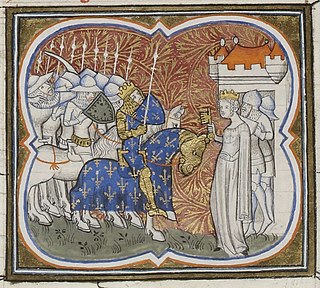
Constance of Arles, also known as Constance of Provence, was queen of France as the third spouse of King Robert II of France.
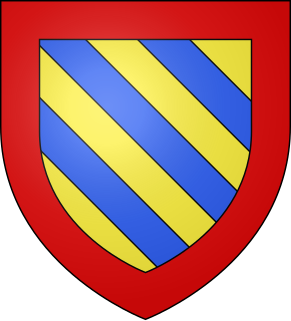
William III of Ponthieu also called William Talvas. He was seigneur de Montgomery in Normandy and Count of Ponthieu.
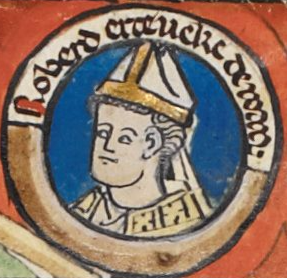
Robert II or Robert the Dane, Archbishop of Rouen, and Count of Évreux was a powerful and influential prelate, and a family member of and supporter of five dukes of Normandy.
Odo II was the count of Blois, Chartres, Châteaudun, Beauvais and Tours from 1004 and count of Troyes and Meaux from 1022. He twice tried to make himself a king: first in Italy after 1024 and then in Burgundy after 1032.
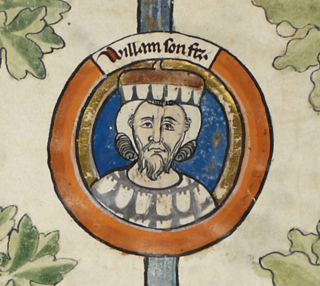
William Longsword was the second ruler of Normandy, from 927 until his assassination in 942.
Theobald I (913–975), called the Trickster, was the first count of Blois, Chartres, and Châteaudun as well as count of Tours.
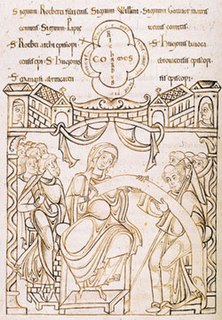
Gunnor or Gunnora was the duchess of Normandy by marriage to Richard I of Normandy, having previously been his long-time mistress. She functioned as regent of Normandy during the absence of her spouse, as well as the adviser to him and later to his successor, their son Richard II.
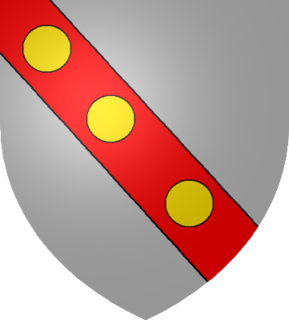
Stephen of Aumale was Count of Aumale from before 1089 to 1127, and Lord of Holderness.

Judith of Brittany, also called Judith of Rennes (982–1017), was Duchess of Normandy from c. 1000 until her death.

Hawise of Normandy was Countess of Rennes, Duchess of Brittany and Regent to her son Alan III, Duke of Brittany from 1008 until 1026.
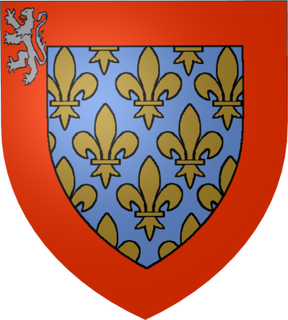
Hugh III became Count of Maine on his father Hugh II's death, c. 991.
Ralph de Gacé Seigneur de Gacé and other estates in Normandy, was a member of the House of Normandy who played a significant role during the minority of William the Conqueror.

Judith d'Évreux was a Norman noblewoman and Countess of Sicily.















